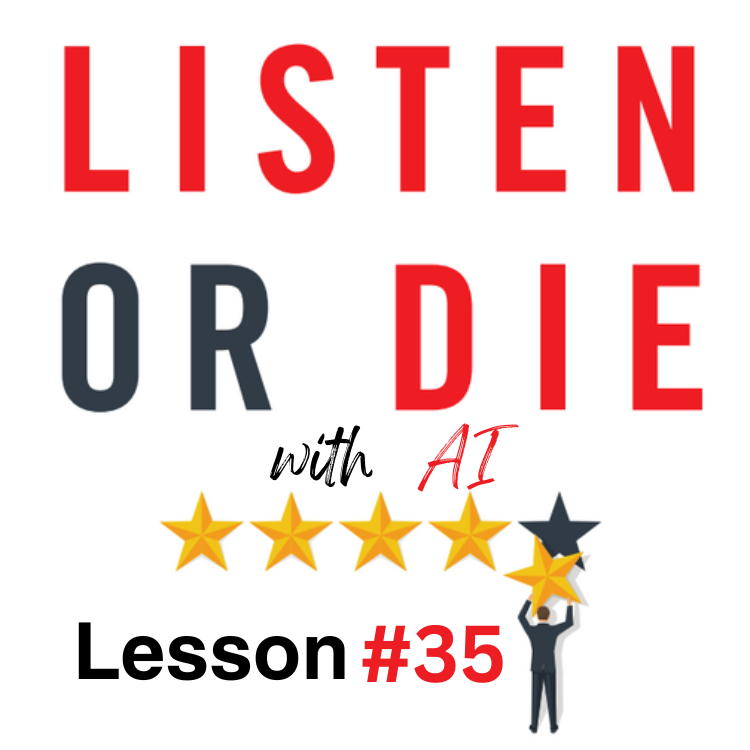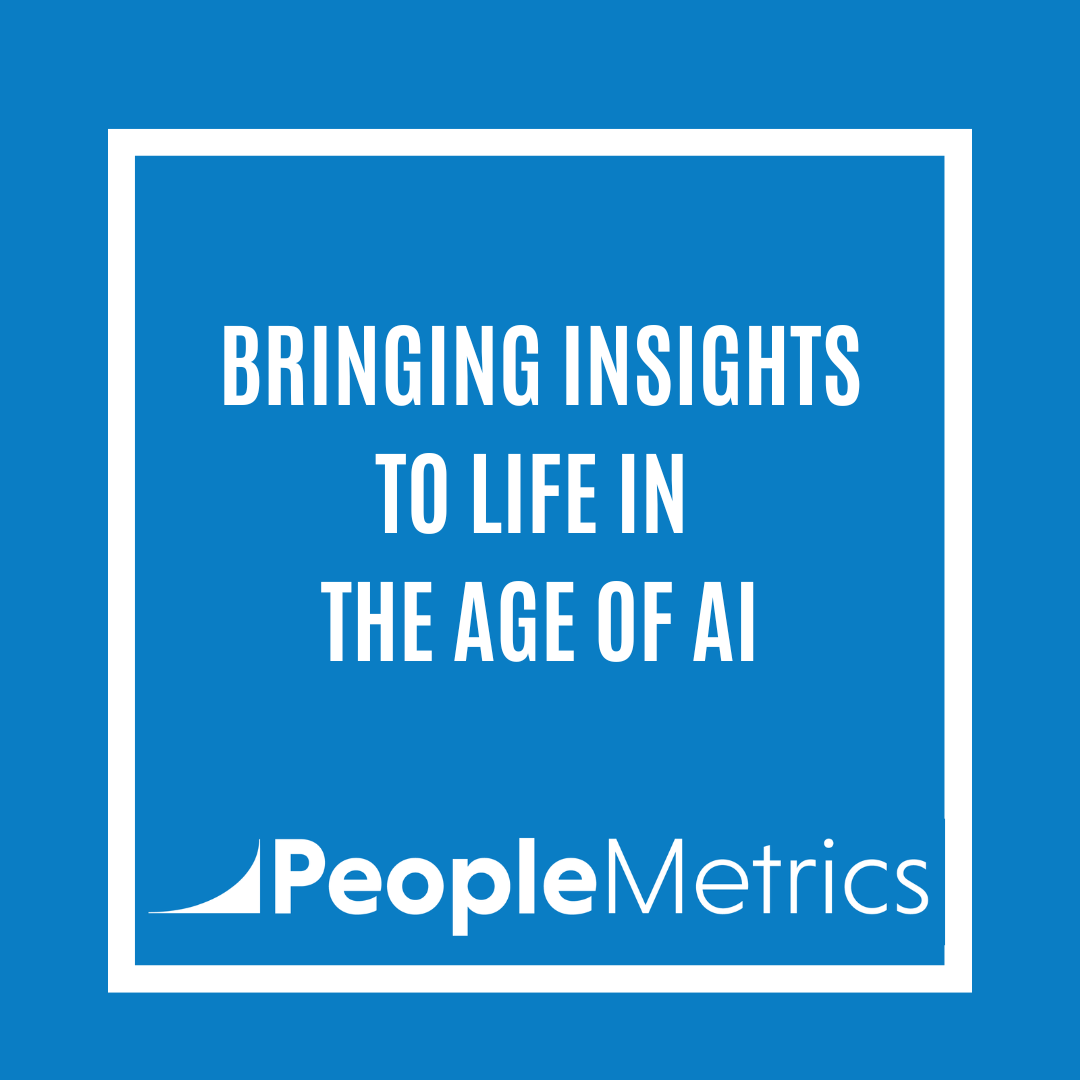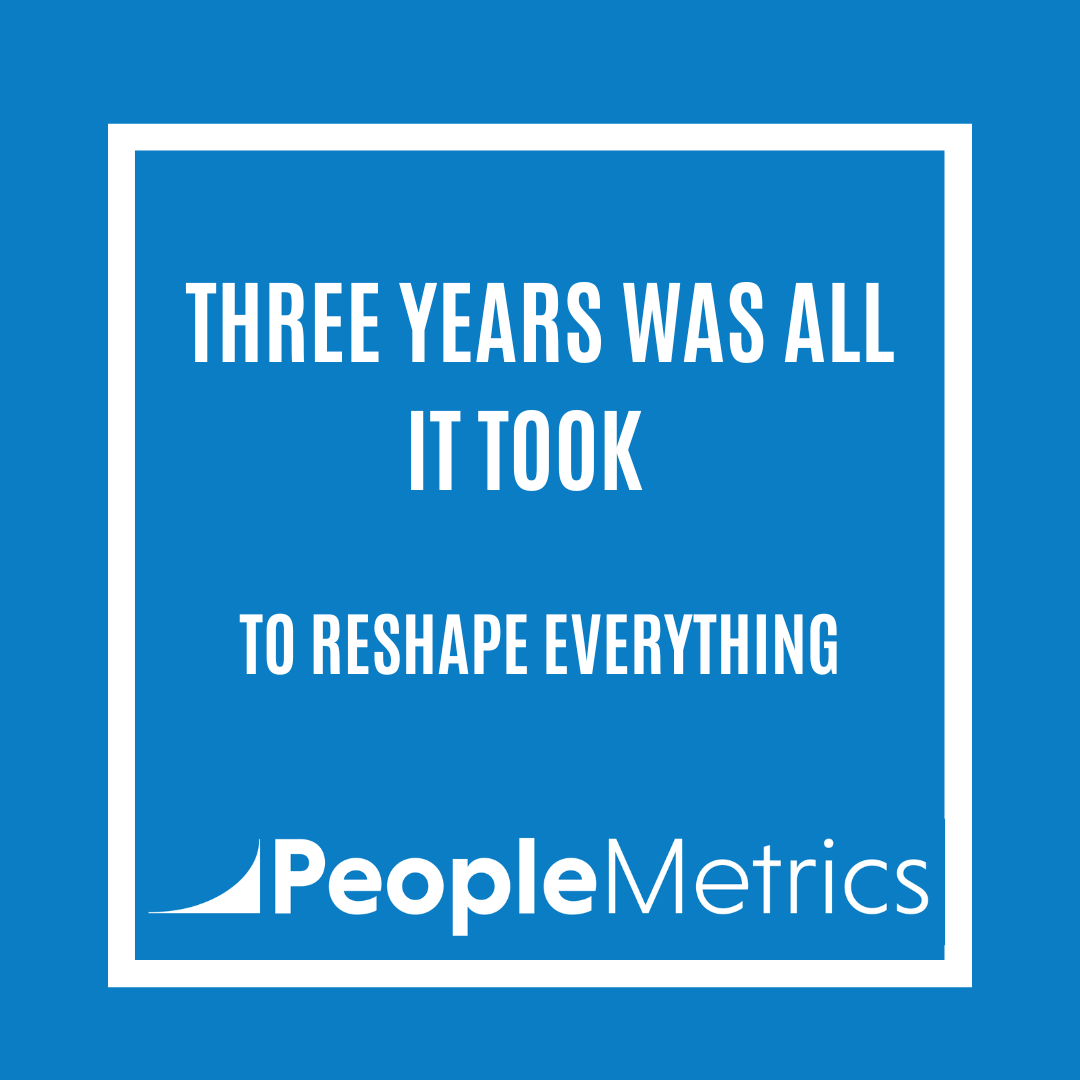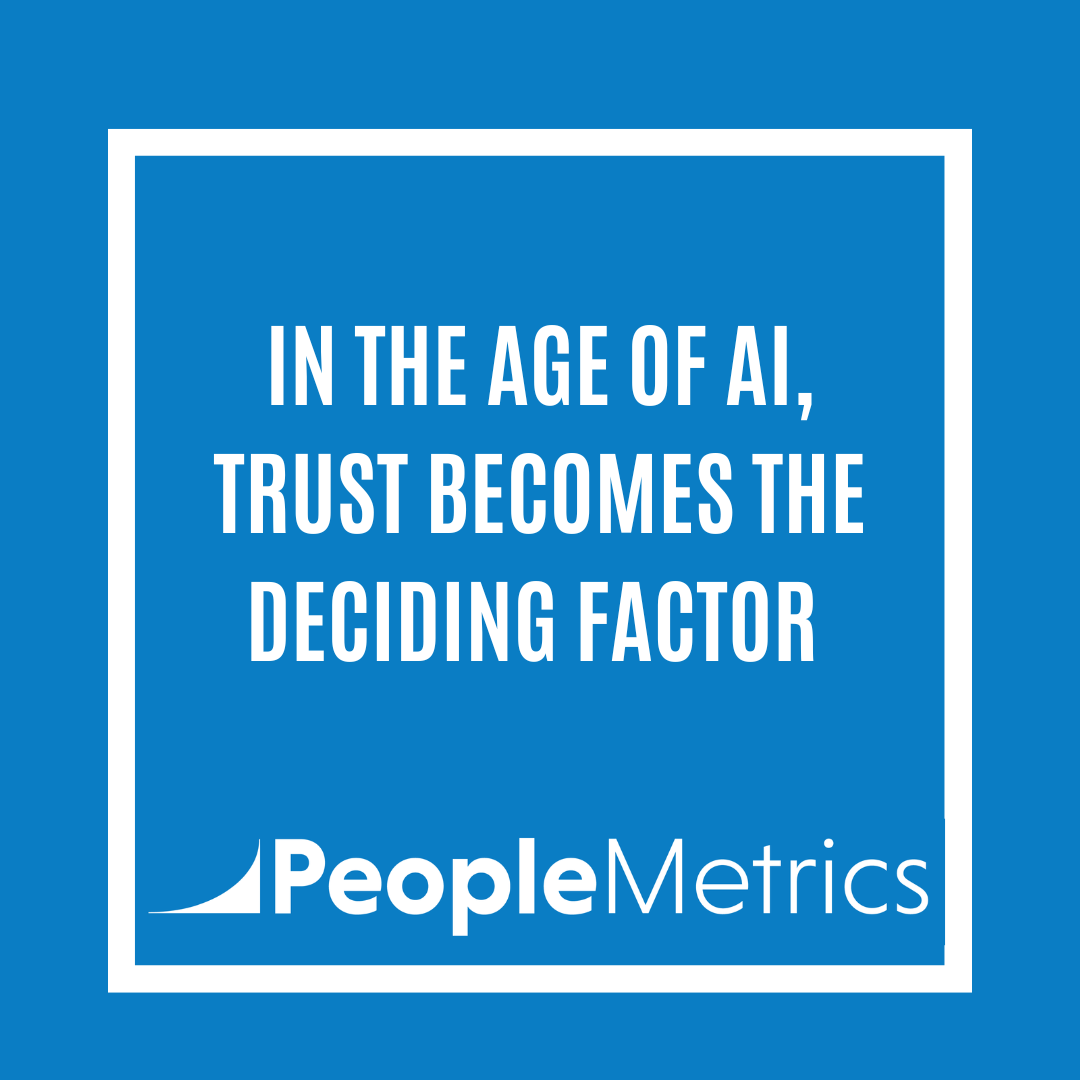Back in 2017, when I wrote Listen or Die, I shared what was then a bit of a controversial opinion: if you want people to pay attention to your VoC program, tie it to compensation!
Now here we are, years later—and guess what? It still works. It may be more important than ever.
This lesson hasn’t fundamentally changed, even with all the advances in AI and automation.
At the end of the day, if someone’s bonus is connected to a VoC metric—whether it’s NPS, CSAT, survey response rates, or alert follow-ups—they’re going to care more about that metric.
AI Can Help, But It Can’t Motivate on Its Own
Here’s the AI angle: AI can help you identify performance trends, flag anomalies, and even recommend incentive structures based on predictive modeling.
It can forecast where certain regions or individuals are likely to fall short and alert you early so you can take action.
But it still can’t replace the motivational power of a bonus tied to results.
VoC programs that connect employee compensation to performance—especially customer-facing managers—are more likely to get traction.
The platform gets used. The alerts get followed up on. And feedback becomes a part of the day-to-day rhythm.
A Word of Caution
As a reminder, if you’re just launching VoC, don’t jump into incentive plans right away. Give yourself time to establish a baseline.
If you tie bonuses to NPS too soon—without understanding your averages—you risk setting goals that are too easy, too hard, or just not relevant.
Take a year, gather data, and then roll out a plan based on real numbers.
What About Non-Monetary Incentives?
Not everything has to be cash-based. Public recognition, awards, and fun experiences (like a team dinner or a trip) can be powerful motivators.
Recognition alerts (see Lesson 33 Revisited) are a great source of insight for non-monetary rewards that boost morale and reinforce positive behaviors.
Still the #1 Way to Drive VoC Adoption
Years later, this is still the most effective lever I’ve seen for getting people to engage with VoC. You can train, cheerlead, and gamify, but when it’s tied to someone’s wallet—even partially—they’re going to pay attention.
AI or not, compensation drives behavior!
Your Turn
Have you tied compensation or rewards to your VoC metrics?
If so, what’s worked—and what hasn’t?
If not, what’s holding you back?
Drop a comment or message me—I'd love to hear how you’re driving VoC adoption on your team!





